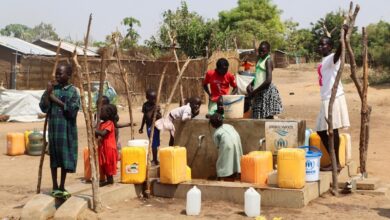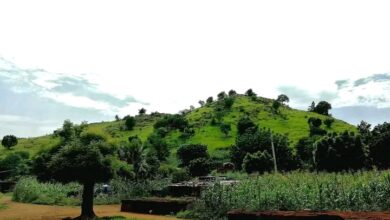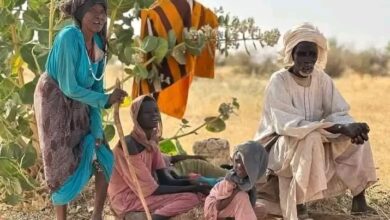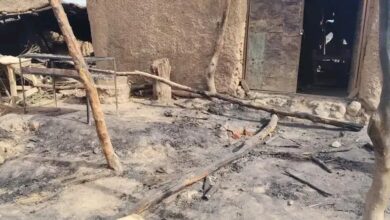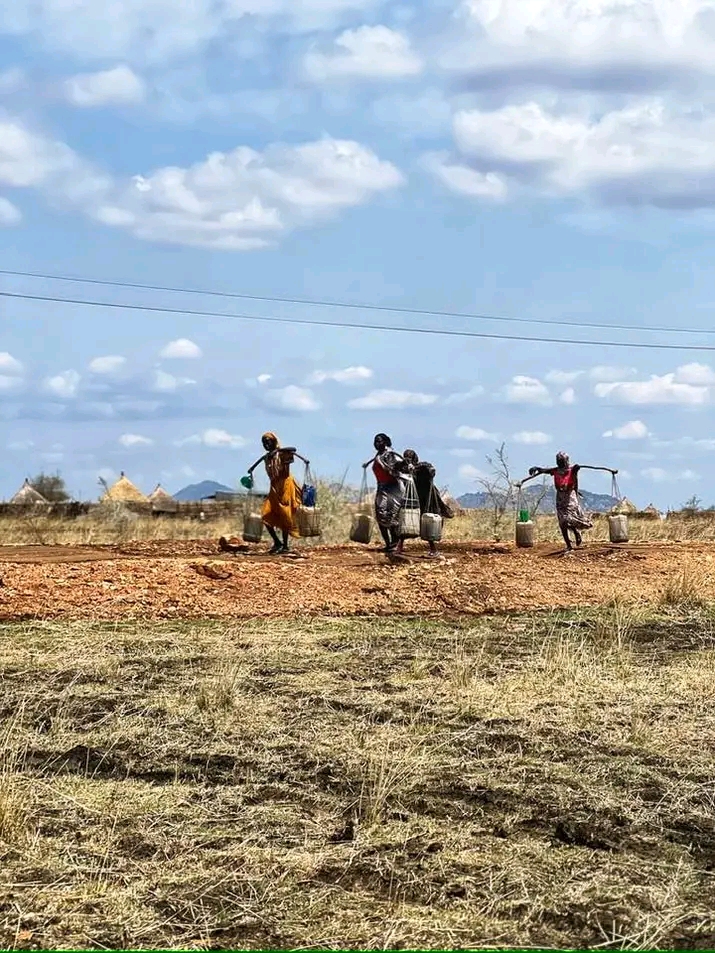
Hatim Ahmed Abdel Hamid gazes bitterly at the remains of his palm trees on the cracked, water-deprived soil after irrigation canals in northern Sudan dried up due to a war that has been raging for over two years.
“I lost between 70% and 75% of my crops this year,” Abdel Hamid told Agence France-Presse from his farm in the village of Tungasi in Northern State, near the border with Egypt. “Now, I’m just trying to save what’s left.”
Pump Shutdown
Like most crops in Sudan, his farming depends on electric-powered water pumps, but those pumps have been out of service for over two months due to the ongoing conflict.
Since April 2023, Sudan has been gripped by a deadly war between the army, led by Abdel Fattah al-Burhan, and the Rapid Support Forces (RSF), led by his former deputy Mohamed Hamdan Dagalo, known as Hemedti.
The war has killed tens of thousands, displaced 13 million people inside and outside the country, and destroyed infrastructure—including electricity stations—cutting off Nile water from reaching farmlands.
A Desperate Situation
“We are in a nearly hopeless situation,” Abdel Hamid said. “We tried to find alternatives to electricity, but diesel is 20 times more expensive.”
He noted that his previous irrigation costs ranged from 3,000 to 4,000 Sudanese pounds (about €4 to €5) per irrigation cycle. Today, it costs between 60,000 and 70,000 pounds (about €85 to €100).
Fellow farmer Abdel Halim Ahmed Al-Zubair confirmed that irrigation costs have increased more than tenfold. “I used to invest 10,000 pounds in irrigation. Now it costs 150,000 pounds (between €140 and €211),” he said.
Devastating Losses
“We’ve lost three planting seasons so far,” he added. “The farms that used to be full of grains and crops are now nearly empty. Everything we planted has been destroyed.”
Amid severe shortages of seeds, fertilizers, and fuel, many farmers will not be able to plant in time, raising fears of an agricultural disaster in the upcoming season.
Abandoned Lands
In 2024, around 35% of rural households in Northern State ceased agricultural activity due to the conflict, according to a joint study by the United Nations Development Programme (UNDP) and the International Food Policy Research Institute (IFPRI).
Researcher Abdel Fattah Hamid Ali from the Middle East Council on Global Affairs estimated that Sudan’s losses from the destruction of the industrial and agricultural sectors have exceeded €170 billion over two years of conflict, in an interview published on the Arab Reform Initiative website.
He noted that the war is exacerbating desertification caused by climate change in one of Africa’s most affected countries. Displaced people, struggling to survive, are cutting down trees and converting wildlife migration zones and grazing areas into farmland, worsening the ecological imbalance. Rural displacement has also left lands abandoned, making them vulnerable to erosion and drought.
Sudan had barely begun to recover from the massive drought of 1985—which caused widespread famine and mass displacement toward urban areas—when the 2023 war shattered any signs of recovery, according to a study published in Sada, a journal by the Carnegie Middle East Program.
According to the World Food Programme (WFP), the agriculture sector—which is the primary source of food and income for about 80% of the population—is collapsing under the weight of violence, displacement, and economic collapse.
As the war enters its third year, the conflict has pushed more than half of Sudan’s population into acute food insecurity, with famine hotspots and malnutrition worsening across several regions, according to the United Nations.

